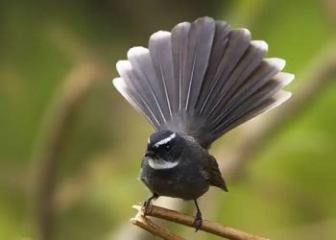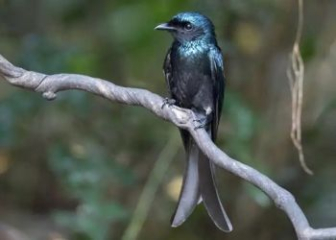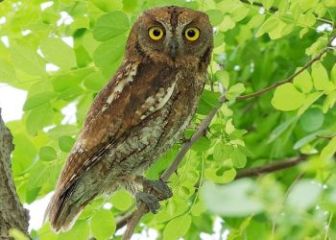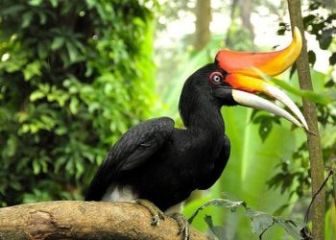Black-necked Swan - Characteristics, Origin, Habits & Behavior
Blog | by
The black-necked swan (Cygnus melancoryphus) has a jet black neck and head, a pure white body, wings and tail, and is monogamous.
The Black-necked Swan (scientific name: Cygnus melancoryphus) is one of the swan species with the most impressive appearance with a jet-black neck standing out against a pure white background. In addition, this bird species also has many extremely interesting habits & behaviors such as lifelong fidelity, communication through body language,...
In today's article, let's explore more interesting information about black-necked swans with nicebirds to better understand this native South American bird!
Black neck swan information :
|
Common name |
Black Neck Swan |
|
Scientific name |
Cygnus melancoryphus |
|
Set |
Anseriformes - Order of Geese |
|
Surname |
Anatidae - Duck Family |
|
Spend |
Cygnus - Swan |
|
Source |
South America |
|
Size |
Length: 102 - 124 cm Weight: 3.5 - 6.7 cm |
Origin and distribution of black-necked swans
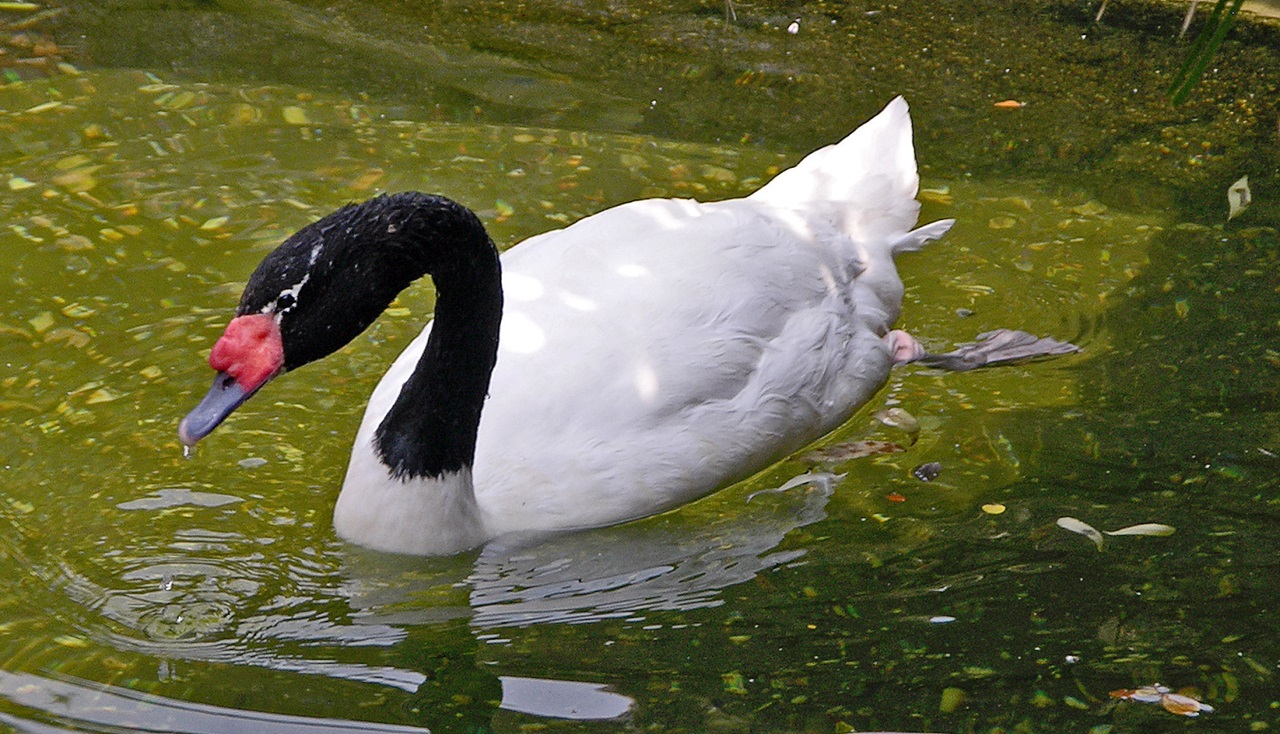
Learn about the origins of the black-necked swan.
The Black-necked Swan has the scientific name Cygnus melancoryphus, English name is Black-necked Swa, belongs to the order Angiidae, family Duck, genus Swan. This is a native species of South America, first scientifically described in 1789 by naturalist Johann Friedrich Gmelin.
Currently, black-necked swans are widely distributed in some countries such as: Argentina, Chile, Paraguay, Southern Brazil,...
Because they are native birds, black swans do not form natural wild populations in any country other than South America. In Vietnam, this species of swan is also raised and displayed in some tourist areas and parks.
What is special about black neck swan?
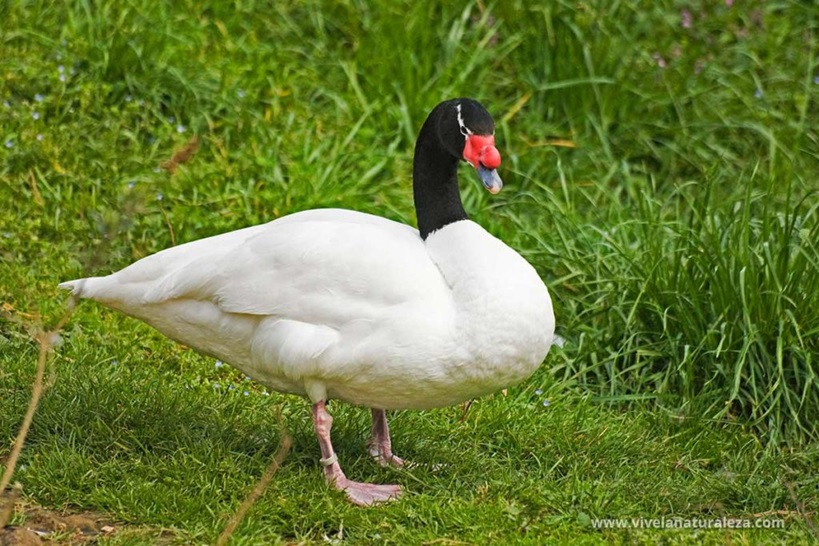
The distinctive appearance of a black-necked swan.
The black-necked swan has a very unique appearance with a contrasting combination of black and white colors and a small size - the smallest in the Cygnus genus. Let's learn more about the appearance of this swan below.
Size :
- Length: 100 - 124 cm
- Wingspan: 135 - 177 cm
- Male bird weight: 4.5 - 6.7 kg
- Female weight: 3.5 - 4.5 kg
Color :
- The neck and head are jet black and shiny.
- The body and wings are snow white, soft, contrasting with the black neck.
- Short, white tail
Head & Beak:
- Small, elongated head
- There is a bright red fleshy growth at the base of the beak - called a caruncle, which is most visible in adult males.
- Eyes are red brown, dark red
Foot :
- Short legs, gray, dark gray
- Large webbed feet to accommodate aquatic life
- When moving on land, the gait is waddling.
Distinguishing between male, female and baby birds :
- Sexual dimorphism, no obvious difference between male and female birds
- The male bird is larger than the female bird, the red fleshy bump on the beak is more obvious, the call is louder and more resonant.
- Newly hatched chicks are pale silvery-gray in color, with dark gray beaks and feet.
- Young birds from 1 to 6 months old gradually change their feathers from gray to white, their necks begin to turn black, and the fleshy growths will appear clearly after 1 year old.
Black-necked Swan Habits and Behavior
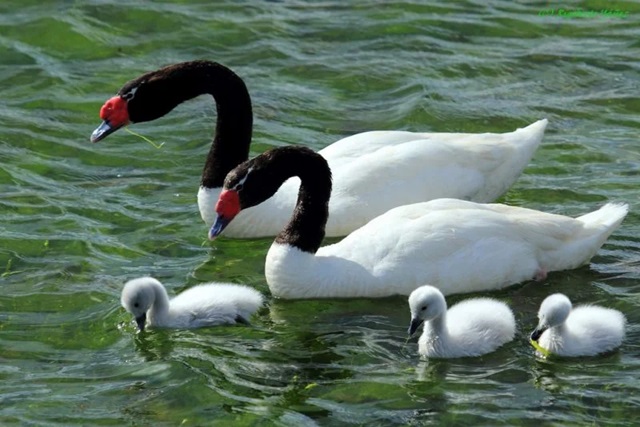
Image of a family of black-necked swans swimming happily.
Let's learn about the characteristics and behaviors of black-necked swans to see if they are any different from other swan species!
Live in packs and are territorial
Normally, black-necked swans live in small flocks of a few dozen to a few hundred individuals. However, during the breeding season, they often pair up monogamous and choose a separate territory to begin the breeding process.
Faithful for life
Like white swans and black swans, black-necked swans only mate with one partner for their entire lives. If one dies, the remaining swan can live alone for a long time before finding a new partner.
Typical foraging behavior
The main food of black-necked swans is aquatic plants such as seaweed, duckweed, and young underwater tree roots. Occasionally they eat small hornworms, insects, or plankton.
Black-necked swans forage by swimming gently on the surface of the water and then burying their heads and necks in the water to pick up algae in the shallows. They can also forage on land by eating soft grasses.
Communicate with sound and body language
Black-necked swans often communicate with each other by blowing, whistling softly or making soft wheezing, screeching sounds to warn others of danger.
In addition, they also use body language to communicate with each other through a series of behaviors as follows:
- Flaunt your neck, stretch your neck forward to threaten.
- Spread wings, raise head when feeling danger
- Shake your head and shrink your neck to show friendliness.
Move seasonally
Black-necked swans are not long-distance migratory birds but instead move seasonally, following water sources.
During the dry season or when the lake freezes, they will move to places with more water and food. In areas with stable conditions, they will settle all year round.
Good swimmer, rarely flies
Black-necked swans are excellent swimmers, they move gently as if gliding on the water, rarely making any noise.
They are also less flighty than other swans because they are heavier and have shorter wings. Black-necked swans only fly long distances in special cases such as migration or when in danger.
Reproductive behavior
Here are some reproductive characteristics of black-necked swans, let's learn more.
- The breeding season usually falls in late spring - early summer (August - November), coinciding with the dry season and abundant food sources.
- Black-necked swans often nest on the shores of lakes, marshes or in reed beds. The nest is made of dry grass, seaweed, and rotten leaves to form a large circular nest. Both the male and female birds build the nest together.
- Each brood of this swan species lays 4 - 7 eggs, the eggs are very large, thick shelled, white, creamy white in color.
- The female black-necked swan will incubate the eggs for more than 30 days, while the male swan will guard and protect the nest.
- Baby swans can leave the nest and swim immediately after hatching. However, they are often carried on the backs of their parents to keep them warm and to avoid predators.
- Each year, black-necked swans can only produce one brood, and the young birds will mature after 2-3 years.
Are black-necked swans found in Vietnam?
Black-necked swans are not native to Vietnam, so they are not naturally distributed in our country. However, if you want to see these unique swans, you can refer to some of the following addresses.
- Ho Chi Minh City Zoo
- Vinpearl Safari Phu Quoc
- VinWonders Nam Hoi An
- Famous resorts in Da Lat, Ninh Binh,...
Interesting facts about black-necked swans
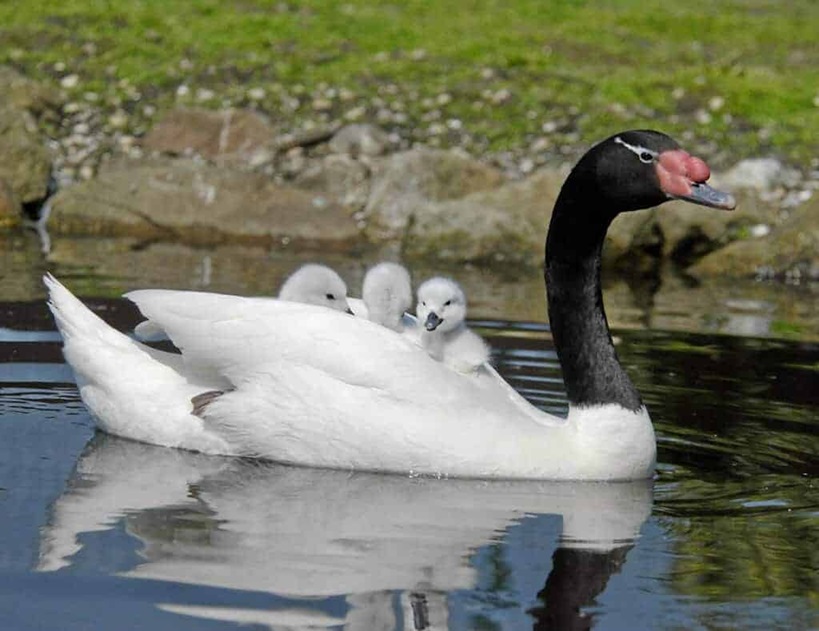
Image of young black-necked swans riding on the back of their mother swan.
Let's explore some interesting facts about the black-necked swan - a beautiful, rare water bird - to see if there are any secrets that surprise you.
- The black-necked swan is the smallest species in the genus Cygnus, smaller than both the mute swan and the Australian black swan.
- Baby swans are quite lazy swimmers and prefer to "ride" on their parents' backs.
- Black-necked swans have excellent memories, they can recognize territories or human faces.
- Red fleshy lumps on the beak are only found in male birds, not in female birds and young birds.
Beautiful black neck swan pictures
Please join us in admiring the beautiful images of swans with pure white feathers and a prominent black neck swimming gracefully in the water. We guarantee you will be amazed by their elegant and graceful beauty.
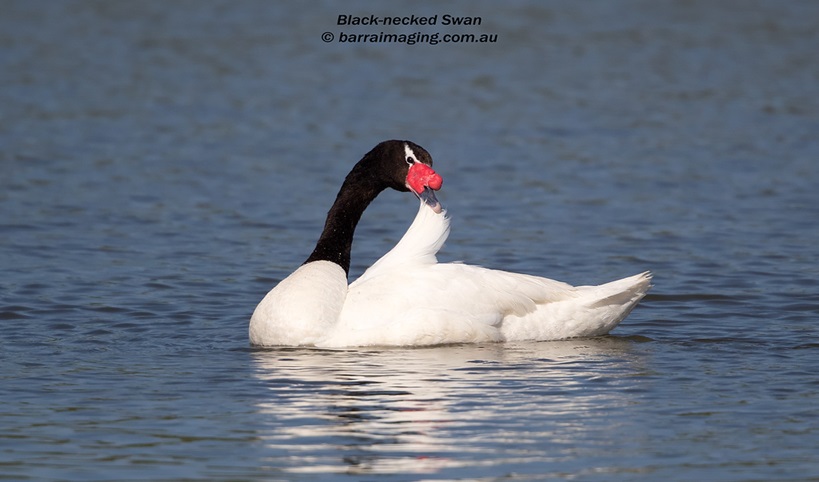
Image of black neck swan preening.
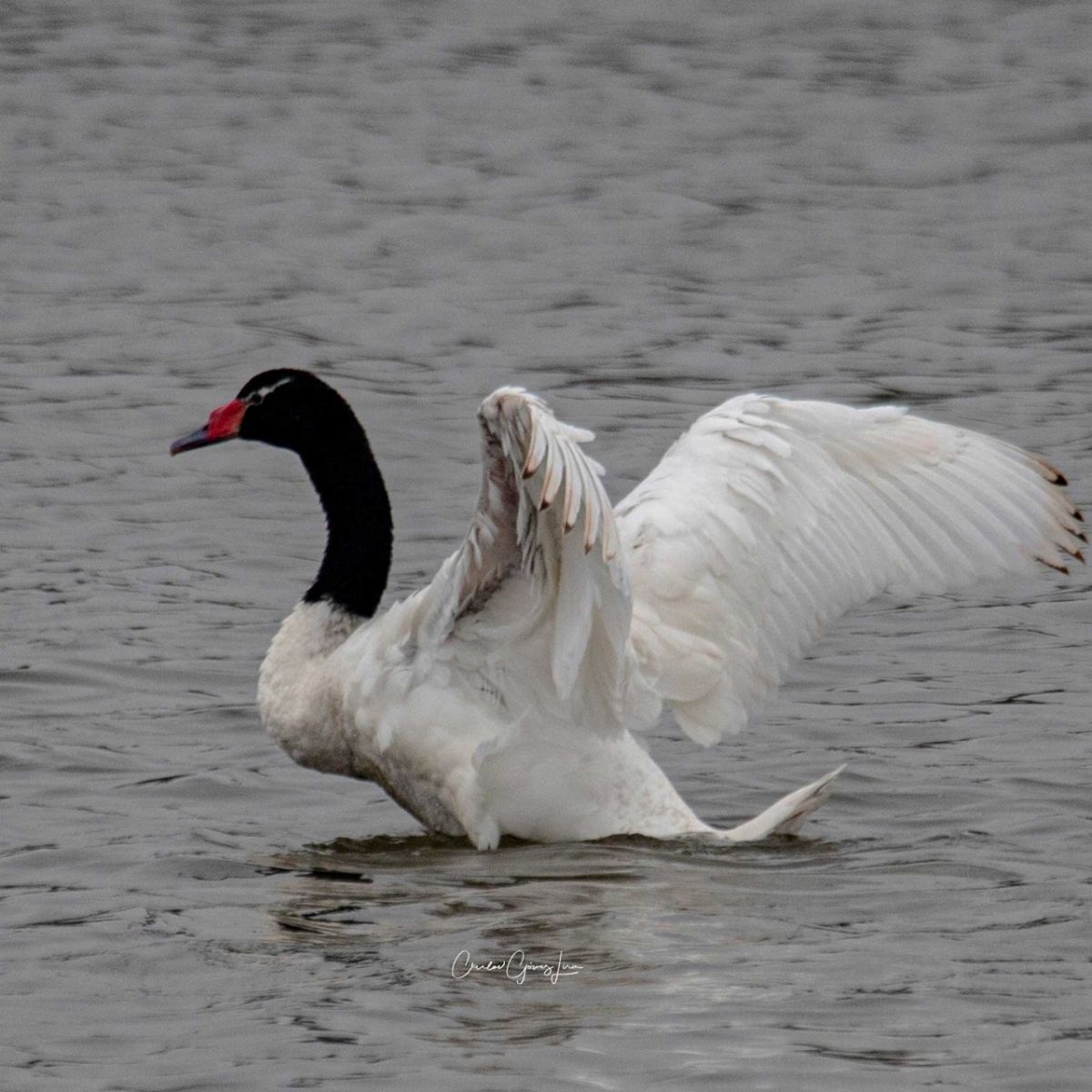
Image of black neck swan spreading its wings.
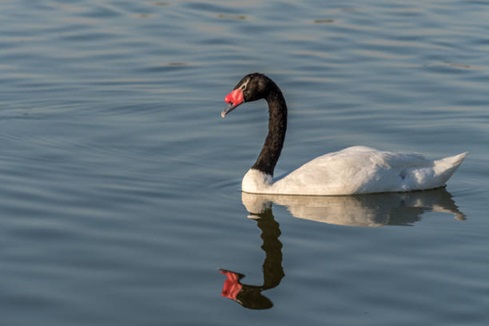
A black-necked swan was swimming alone in the middle of the lake.
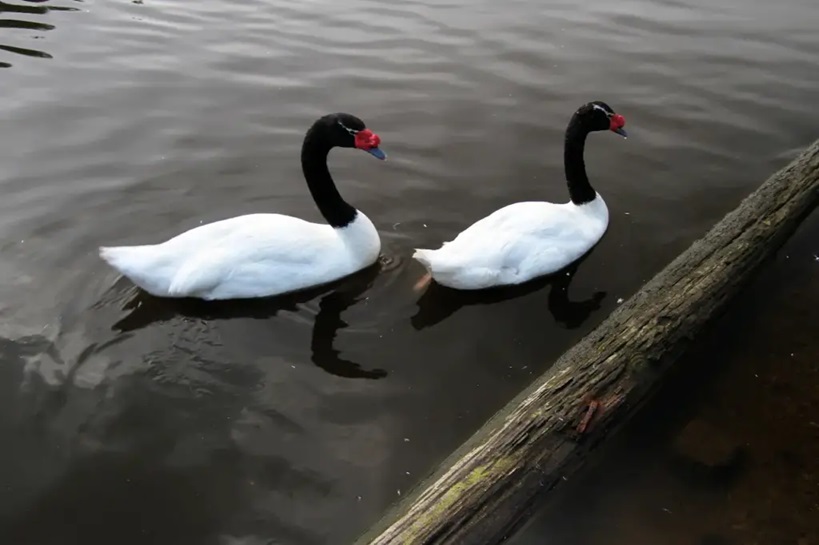
A pair of black-necked swans are swimming together.
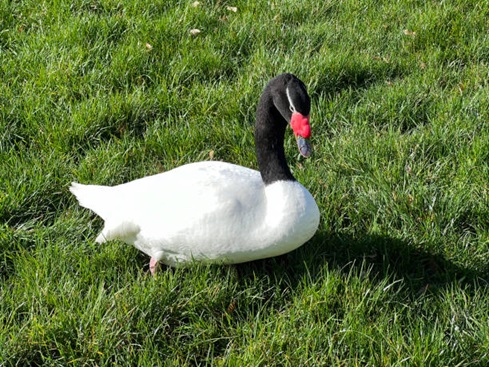
A black-necked swan is walking on the lawn.
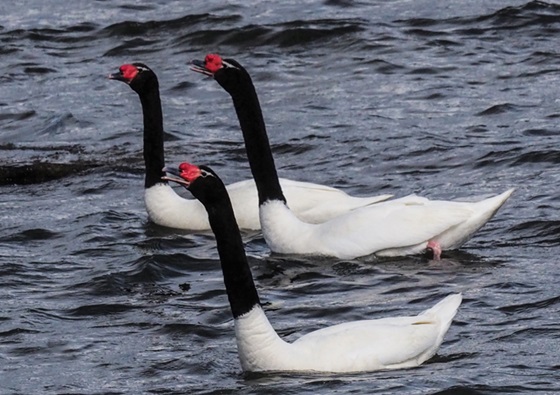
The black swans are swimming side by side.
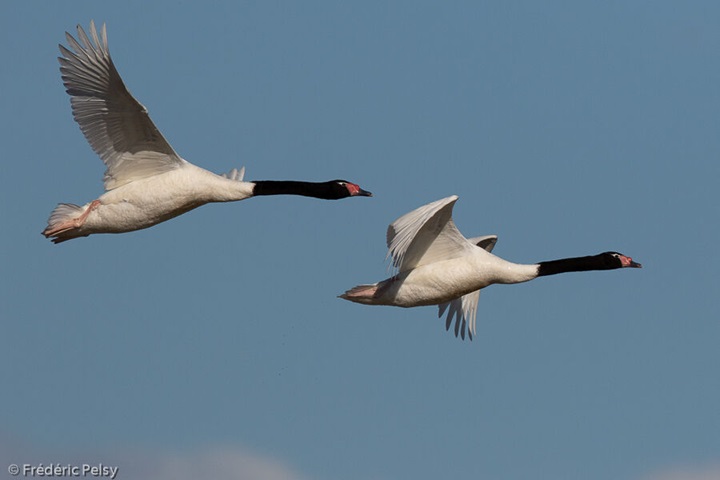
Image of black neck swan flying in the sky.
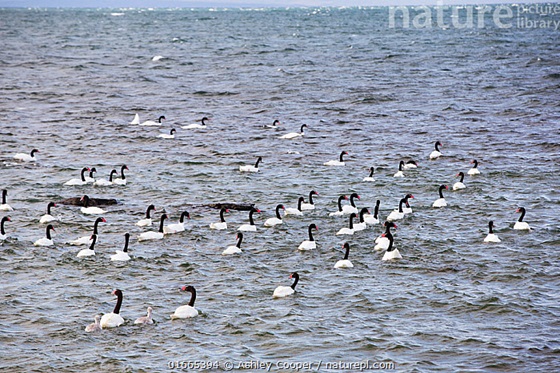
A flock of giant black-necked swans was swimming in the middle of the lake.
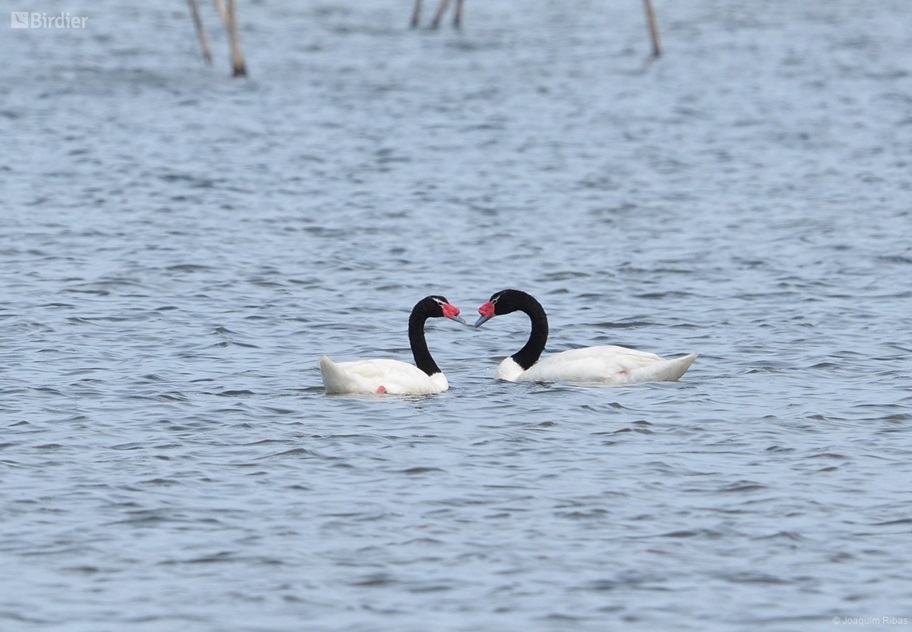
Two black-necked swans are making a beautiful heart shape.
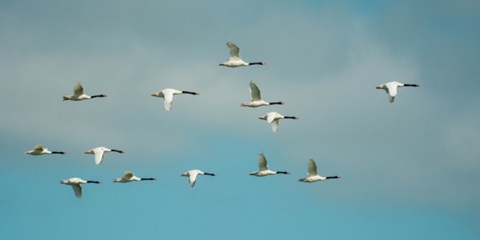
Image of black-necked swans migrating.
The black-necked swan is not only a bird with a beautiful and unique appearance, but also has many interesting habits and behaviors. Although they do not exist in the wild in Vietnam, their beauty still captivates many people. Hopefully, through the article that nicebirds.net shares above, it will help you understand more about the black-necked white swan - a rare bird from South America.
If you want to learn more about swans or other beautiful birds, please visit our Blog section to read more interesting articles. Goodbye and see you soon.
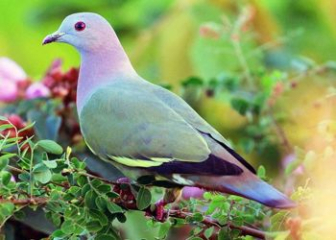
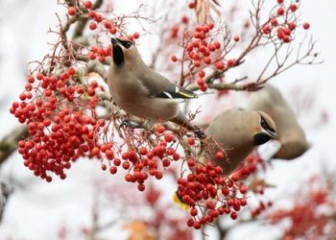
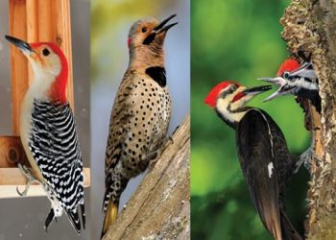

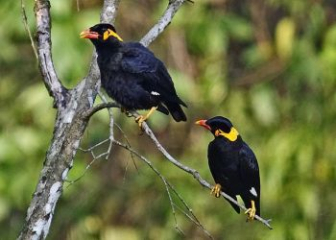
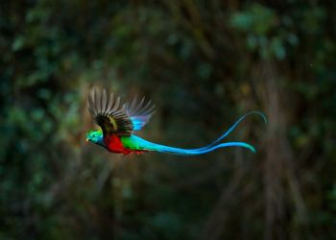
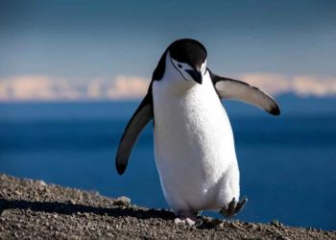
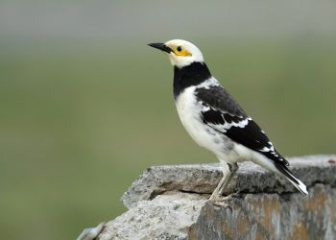
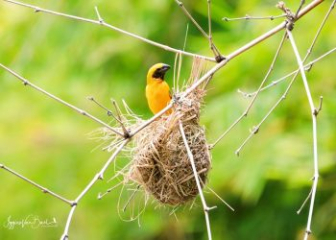
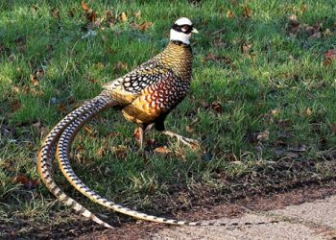
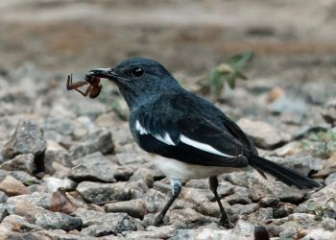
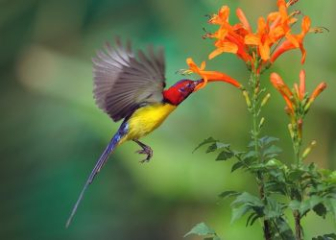
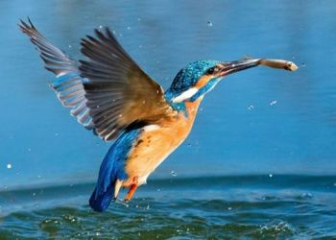
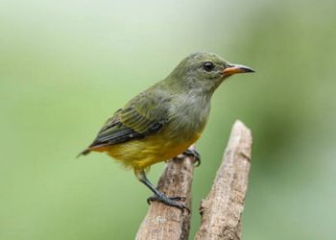
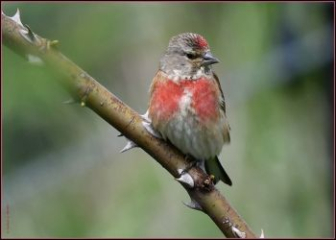
_350x250.jpg)
